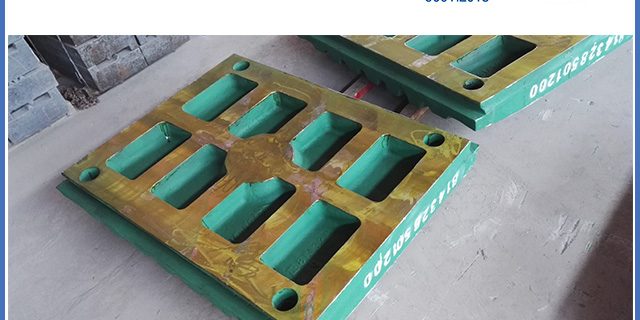Introduction
Cone crushers are machines used to compress and reduce the size of a given material. Cone crushers are mainly used to crush and reduce rocks in smaller sizes. They are mostly used by mining industries and ore production. Many factories like road construction companies have adopted using the cone crusher. This is because of their great performance in reducing rocks into the desired quality rock. This shows a growth in the number of cone crush users.
The ability of the cone crusher to effectively perform is grounded on three principles. These include compressing the ratio to rock, the rock nature, and the number of crushing zones. The ability of the cone crusher is dependent on the rock size fed in its opening top entrance. The cone crusher is known for its effectiveness in crushing the rock to the desired rock size. Cone crushers have different compression ratios. This is attributed to the different uses or purposes for which they are manufactured. Therefore, while purchasing a cone crusher it’s best to know for what purpose it is to be used.
How the cone crusher works.
- The rock is fed into the opening top of the crusher which is the machine’s entrance.
- The rock material is then squeezed to produce small rock particles. The rock is squeezed between two rigid metals. These are referred to as the mantle and concave. The mantle squeezes the rock onto the concave.
- The reduced size particles are let out at the cone crusher bottom into the chamber.
- It continues the process until the rocks are crushed to the desired particles.
The continued use of the cone crusher by different factories is attributed to its advantages. The merits include low maintenance, low operation cost, and long life. The effective operation of the crusher is attributed to its merits.
The purpose of this article is to get an insight into how the cone crusher operates. In its operation, it will discuss each part and how it works or is used. These are as explained below:-
The rock is fed from the top entrance opening of the cone crusher. It gets into the crushing chamber. This chamber consists of the mantle and concave.
- The mantle. The mantle is connected to the main shaft of the crusher. The main shaft has a pivotal point that enables it to turn. The mantle is connected to the main shaft. The main shaft moves in a rotating movement with constant size. The main shaft continually rotates at a constant speed. It moves to close the gap between the mantle and concave. The mantle then closes into the gap between it and the concave. As the gap is closed so is the rock broken down into pieces. It is the movable part of the cone crusher.
- The concave. The concave is fixed to the crusher frame and it is stationary. The rock settles on the concave. When the gap between the concave and mantle is closed, the rock is crushed. This leads to the production of smaller particles from the rock. It is the fixed cone of the crusher.
- The Open Side Setting (OSS). This is the widest and longest distance between the mantle and the concave. The size of the OSS is determined by the nature of the rock material fed in the machine. Its size is best measured when the machine is at rest. The OSS determines the size of the largest particle to be produced.
- The Closed Side Setting. This is the narrowest distance between the concave and the mantle. This is where the small rock particles pass. Upon being broken or crushed into smaller parts, the rock particles exit the machine through its base. Its size is dependent and changes with the rock particles that are produced from the crush. Therefore its size is subject to change. It is considered as the last crushing zone determining the size of rock particles.
Conclusion
The use of the cone crusher is on the increase in the mining sector and the production of ores. Using the crusher has proven to be efficient in the mining sector. It provides rocks of quality and in big quantity. It is also best used because of its advantages like low energy consumption among others.


